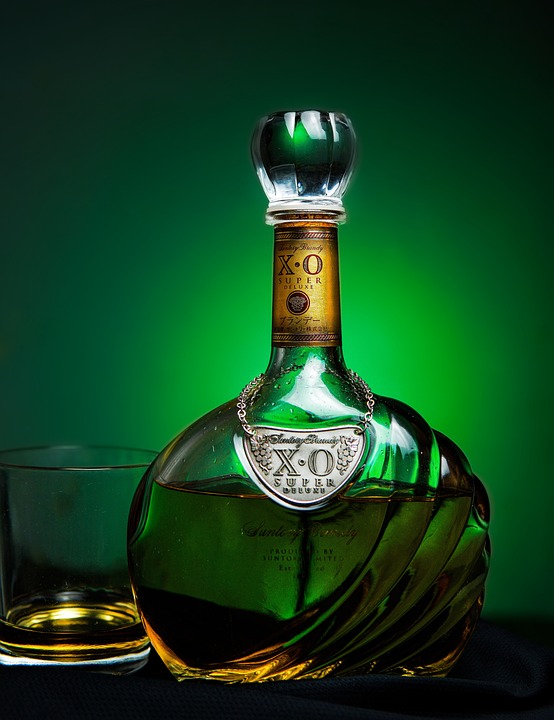How Oak Aging Shapes the Smooth and Complex Profile of Brandy
Brandy, a spirit distilled from wine or fermented fruit juice, is known for its rich flavors and complex profiles. One of the key factors that contribute to the unique characteristics of brandy is oak aging. Oak aging not only imparts flavors and aromas to the spirit but also helps in mellowing out harsh edges and creating a smooth and velvety texture.
The Role of Oak Aging in Brandy Production
Oak aging is a time-honored tradition in the production of brandy. The process involves storing the distilled spirit in oak barrels for a certain period of time, allowing it to interact with the wood and absorb its flavors. The type of oak used, the size of the barrels, and the duration of aging all play a significant role in shaping the final product.
One of the primary reasons oak aging is crucial in brandy production is its ability to add complexity to the spirit. Oak barrels are porous, allowing for small amounts of oxygen to enter and interact with the brandy. This oxidation process helps in softening harsh flavors, rounding out the edges, and integrating different flavor compounds, resulting in a more harmonious and complex profile.
Flavor Development in Oak-Aged Brandy
Oak aging contributes a range of flavors and aromas to brandy, including vanilla, caramel, toffee, spice, and nutty notes. These flavors are derived from compounds present in the oak wood, such as lignin, tannins, and vanillin. As brandy ages in oak barrels, it picks up these flavors, creating a multi-layered profile that is characteristic of well-aged brandy.
Apart from adding flavor compounds, oak aging also helps in removing undesirable components from the spirit. The porous nature of oak barrels allows for the evaporation of volatile compounds, such as fusel oils, which can give off-flavors to the brandy. This process, known as the angel’s share, results in a smoother and more refined spirit.
Financial Impact of Oak Aging on Brandy Production
The process of oak aging can be a significant investment for brandy producers. Oak barrels are not only expensive but also require storage space and time to allow the spirit to mature properly. The cost of oak barrels varies depending on the type of oak used, the size of the barrels, and the level of toasting or charring applied to the wood.
In addition to the initial investment in oak barrels, brandy producers also incur ongoing costs related to storage, maintenance, and monitoring of the aging process. The longer the brandy is aged, the higher the costs associated with storage and evaporation losses. However, the premium quality and unique characteristics of well-aged brandy often justify these expenses.
Industry Insights and Trends in Oak-Aged Brandy
The market for oak-aged brandy has been growing steadily in recent years, driven by consumer interest in premium and craft spirits. Consumers are increasingly seeking out aged spirits with complex flavors and unique profiles, making oak-aged brandy a popular choice among spirits enthusiasts.
Brandy producers are also experimenting with different types of oak barrels, such as French oak, American oak, and sherry casks, to create innovative flavor profiles and cater to diverse consumer preferences. Some producers are also exploring alternative aging methods, such as using oak staves or chips, to achieve similar results in a shorter time frame.
Overall, oak aging plays a crucial role in shaping the smooth and complex profile of brandy. By imparting flavors, aromas, and textures to the spirit, oak barrels help in creating a premium product that is cherished by brandy connoisseurs worldwide. While the process of oak aging may require a significant investment, the resulting quality and uniqueness of oak-aged brandy make it a worthwhile endeavor for producers looking to stand out in the competitive spirits market.




